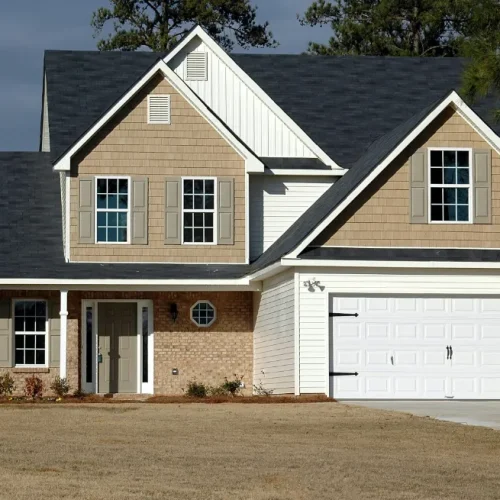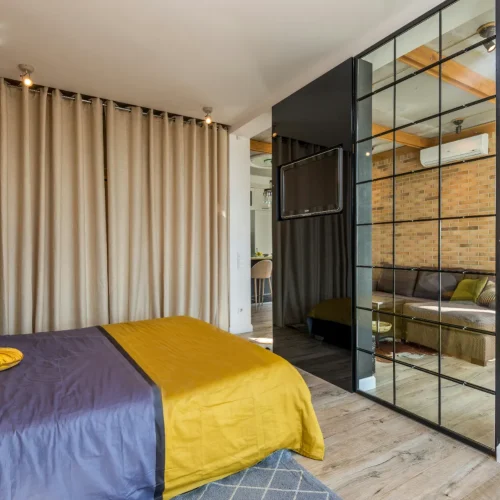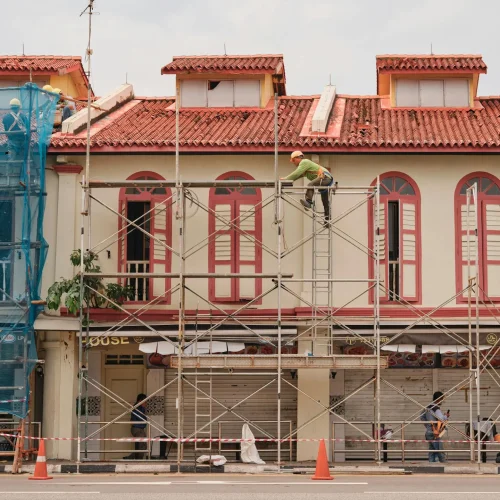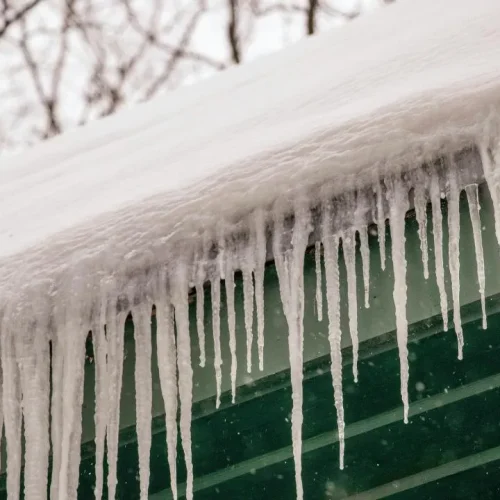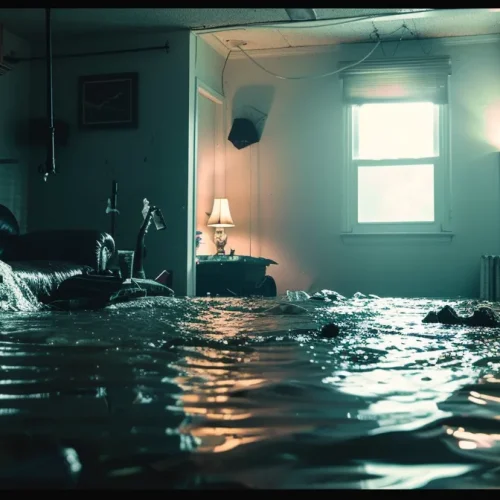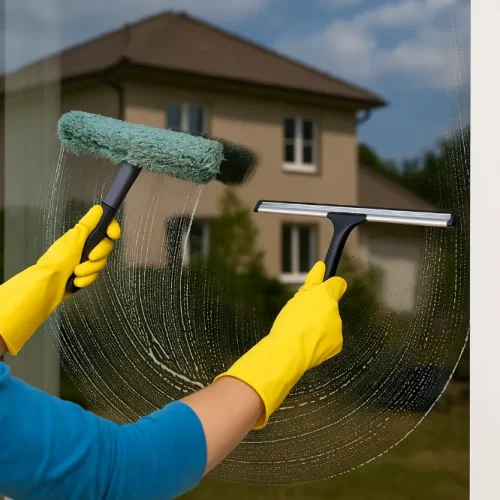
Storms can seriously damage homes, stripping away parts of the structure or weakening them and leaving them vulnerable to everyday weather conditions. Even sturdy houses can develop leaks or unstable foundations after they’re subjected to harsh weather. Given how vulnerable even well-built homes are to extreme conditions, it’s vital to ensure yours can stand strong when nature puts it to the test.
New Zealand’s South Island experiences cold fronts and frequent rain, making stormproofing especially important. Many builders Dunedin residents vouch for often recommend using durable materials and specific construction methods to handle the region’s harsh conditions. Even when danger isn’t imminent, building or upgrading with storm protection in mind preserves your property’s value and gives you peace of mind. Let’s explore the key characteristics of a storm-proof house to help guide your next build or renovation.
1. Strong, Reinforced Structure
Reinforced framing using timber, concrete, or steel helps your home handle the pressure from strong winds and heavy rain without twisting or cracking. These materials give the building the strength to withstand high winds and a degree of flexibility to absorb the force of a storm rather than break under it.
A well-anchored foundation is just as important. It keeps your house stable during rough weather, preventing it from shifting or sinking after prolonged rainfall. Without proper reinforcement, even minor structural weaknesses can turn into major problems once a storm hits, putting your entire home at risk.
2. Secure Roofing System
Your roof is your home’s first line of defence against the elements, so it needs to be sturdy and well-secured. Using durable materials like steel or concrete tiles can help prevent sections from being lifted or damaged by strong winds. The right roof pitch also allows water to run off quickly, reducing the risk of leaks or pooling that can lead to rot and mould.
A secure roofing system also includes strong trusses, bracing, and proper sealing around vents or skylights. Overall, a well-built roof can keep your home dry while ensuring it stays intact through seasons of unpredictable weather.
3. Weather-Resistant Exterior Materials
Homes in Dunedin are constantly exposed to wind and rain, making it important to use sturdy, locally-appropriate materials. Sturdy options like fibre-cement boards or brick veneer can stand up to constant exposure and prevent moisture from seeping in. When paired with quality sealants and regular maintenance, these materials help keep your walls strong and your interiors dry.
4. Effective Drainage and Waterproofing
Managing water effectively is one of the key characteristics of a well-protected home. A well-planned drainage system, with properly positioned gutters, downpipes, and surface drains, helps direct rainwater away before it causes issues. Meanwhile, waterproofing around roofs, walls, and basements adds another layer of defence by stopping leaks and moisture buildup inside. Good drainage doesn’t just prevent flooding; it also protects against cracks and erosion that can weaken your home over time.
5. Impact-Resistant Windows and Doors
Windows and doors are often the most vulnerable parts of a home during storms, so strength and sealing are key. Laminated or toughened glass can resist impacts and prevent shattering, while sturdy frames made from aluminium or uPVC add extra protection. Weather seals and secure locks also help keep out driving rain and strong gusts. These features are critical for homes in the coastal parts of the South Island, as locally occurring high winds can easily send debris flying and test the limits of a home’s defences.
6. Wind-Resilient Design and Orientation
Speaking of winds, a compact, streamlined shape with minimal overhangs and strategically placed openings helps reduce air pressure on the structure, while preventing wind from rushing inside.
Thoughtful home orientation can also make a property naturally more resistant to storm damage. You can see this approach in parts of New Zealand that often experience strong gusts, such as Wellington or coastal Otago, where builders design homes with the prevailing winds in mind to help reduce pressure on walls and windows. This reduces stress on walls and windows while keeping the interior comfortable.
Fortify Your Home and Secure Your Peace of Mind
Having a storm-proof house gives you confidence that your home can handle whatever the weather brings. Keep the characteristics above in mind so you can minimise the risk of damage and keep your living space safe and comfortable. With the right preparation, your home will stay secure and ready to face even the toughest storms.


